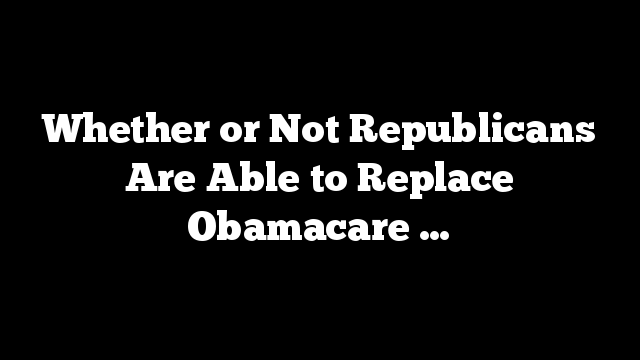 … There is a far more fundamental issue affecting the overall success of our healthcare system. Doctors and patients need more transparency when it comes to health care costs.
… There is a far more fundamental issue affecting the overall success of our healthcare system. Doctors and patients need more transparency when it comes to health care costs.
Healthcare is becoming more expensive by the year. In 1960, healthcare costs accounted for 5% of the gross domestic product. In 2015, they made up 17.8 percent. Although the rates of spending growth actually decreased since 2010 when the Affordable Care Act was enacted, a recent study demonstrated that for employees under 65 with employer sponsored health insurance, the proportion of income consumed by health insurance premiums has increased from 6.5% in 2006 to 10.1% in 2015.
Why does this matter? Health care costs, often from an unexpected medical emergency are the #1 cause of personal bankruptcy in the US. There are 1.7 million Americans live in households that declared bankruptcy due to unpaid medical bills. Also, while more subtle, the rising incremental costs of routine medical care are wearing on the financial stability of many families leaving less funds for essentials such as housing and food, let alone other needs and hobbies.
So what can be done? Doctors could help patients understand the costs of their healthcare options. This type of shared-decision making already exists to help patients weigh the potential risks and benefits of various treatment options. However, these discussions do not typically include cost as a factor. They should. The same service can be dramatically more expensive depending on where it is done. Take for instance the differences in surgical costs at an independent direct pay surgery center, the Surgery Center of Oklahoma, which offers common surgeries at a quarter to one fifth the cost of the large hospitals in Oklahoma City. The same is true when choosing between medications. For example, when choosing between blood thinners, generic warfarin runs around $20 for a one month supply, while opting for the identical medication in its brand name version Coumadin ups the price to $90. Newer options such as Xarelto, Eliquis or Pradaxa come with a price tag of over $500.
Unfortunately, cost data is not always easy to come by even for doctors. In truth the answer to “how much is this going to cost the patient?” often is “it depends”. There are some significant barriers to getting a straight answer. The reasons are multiple, complex and interwoven. To begin with, a majority of Americans pay for their healthcare, including routine primary care, lab work and medications through their insurance. The rate paid by the insurance company depends on their negotiated contract discount rate which varies for one insurer to another. Effectively, Medicare pays a different rate than Blue Cross or Aetna for the same service and each may pay different providers in the same area a different rate. Insured individuals benefit from these discounted rates, however, out of pocket costs also depend on deductible and co-insurance in addition to these discounts.
As a result of varied reimbursement rates for one insurer to another, and because for some the discounts are so steep hospitals and healthcare providers struggle to cover basic expenses, billing prices are raised further. For instance, say insurer A gets a 35% discount, then for every $100 billed they (or the patient) pay $65. If that $65 is not enough to cover the hospital’s expenses, the hospital may resort to charging $154 for the same service in order to recoup the $100 of expenses. The result is price inflation and prices that do not reflect value of services provided. This sort of price inflation has been able to continue because, until recently, patients were not footing a significant portion of the bill. A patient with a 20% copay would pay $20 on that $100 discounted rate, a solid 87% savings on the total bill of $154. After paying clearance prices for healthcare for years, shifting to a high deductible plan and being strapped with the full bill feels like a major rip off. And yet here we are.
To make matters worse, the increasing trend of physicians becoming employees rather than owners of independent practices, enlarging health care organizations and billing outsourced to other companies, make the process of anticipating charges all the more challenging. More than 75% of physicians are now employed by larger organizations and employed physicians do not set their own charges or contract directly with billers, these all become centralized decisions. The ties of charges to expenses and to the value of the service provided become murkier with increasing distance and bureaucratic complexity.
Certainly, there are other reasons besides lack of price transparency for health care costs to rise. Factors such as inflated prescription drug prices, ballooning administrative costs, overuse of costly testing and redundancy from fragmented care also need to be addressed. But unlike other causes, increasing transparency can empower health care consumers to take control of their health expenses.
The American Hospital Association has a policy statement in support of pricing transparency and calls for the provision of pricing information that is “easy to access, understand and use”. HealthPartners in Minnesota offers a website and mobile app to help consumers estimate costs of clinic visits, labs and imaging tests upfront. These efforts are steps in the right direction but more can and needs to be done to offer clear, comprehensive, accurate and timely information.
Megan Adamson MD is a primary care physician at Dartmouth-Hitchcock Medical Center.
